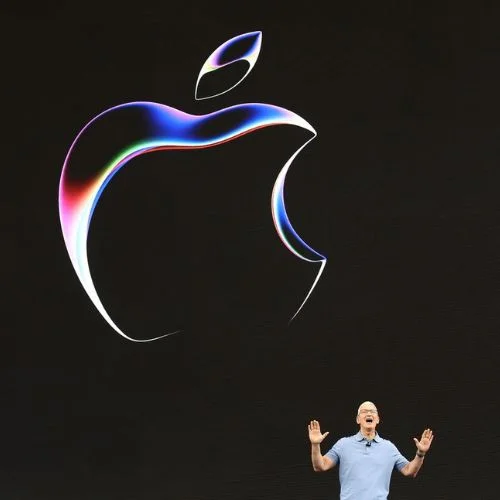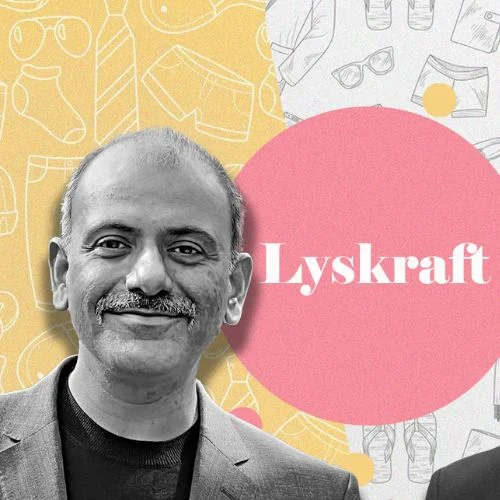On February 26, 2023, Nokia, a Finnish company that produces telecommunications equipment, announced a new brand identity aimed at achieving aggressive growth. This marks the first time the company has changed its brand identity in nearly six decades, and it includes a new Nokia logo featuring five distinct shapes to represent the company.
Unlike the previous blue colour scheme, the new logo will use various colours depending on the application.
Pekka Lundmark, the CEO of Nokia, stated in an interview that the company’s focus has shifted from smartphones to business technology. He made these comments ahead of the company’s business update, which is scheduled to take place on the eve of the Mobile World Congress (MWC 2023) in Barcelona. The congress will run from February 27 to March 2.
Pekka Lundmark became the CEO of Nokia, a Finnish company facing challenges, in 2020. To address the company’s issues, Lundmark formulated a three-stage plan that included resetting, speeding up, and expanding the business. As per Lundmark, the reset phase was completed, and the second stage of speeding up is now beginning.
The company intends to expand its service provider business, where it sells telecommunications equipment, but its main focus is now on gear sales to other businesses. Nokia has shifted its focus from smartphones to business technology, and this shift is reflected in its new brand identity, which emphasizes its goal of achieving aggressive growth.
Nokia has a long history of producing quality telecommunications equipment, and the company’s leadership is taking steps to ensure that it remains a relevant player in the industry. Lundmark’s three-stage plan aims to reset the company, speed up operations, and expand its reach, and Nokia’s new brand identity is a key part of this strategy. The company’s focus on gear sales to businesses is expected to be a crucial factor in its future success.
In conclusion, Nokia’s new brand identity reflects the company’s shift towards business technology and its emphasis on aggressive growth. With its three-stage plan, Nokia is taking steps to address the challenges it faces and position itself for success in the future.
To cater to the manufacturing sector’s increasing demand for private 5G networks and automated factory gears, leading technology companies are partnering with telecom gear manufacturers such as Nokia. In response to the changing market landscape, Nokia is evaluating various options for its businesses, including divestment and growth paths.
Nokia’s CEO, Pekka Lundmark, emphasized the company’s goal of achieving global leadership in its chosen businesses. As Nokia expands its offerings to include data centers and factory automation, it will compete with established tech giants like Microsoft and Amazon.
The company faces challenges as the macro environment shifts towards lower-margin markets like India, leading to decreased demand in high-margin regions such as North America. This trend has resulted in Ericsson laying off 8,500 employees. However, Pekka Lundmark believes this is a structural change and anticipates North America to be stronger in the latter half of the year. Nokia’s fastest-growing market is currently India, although the margins are lower.
In conclusion, Nokia is adapting to the changing market landscape by evaluating its business options, focusing on global leadership, and expanding its offerings to cater to the manufacturing sector’s demands. However, the company must also navigate the challenges presented by shifts in the macro environment towards lower-margin markets.















